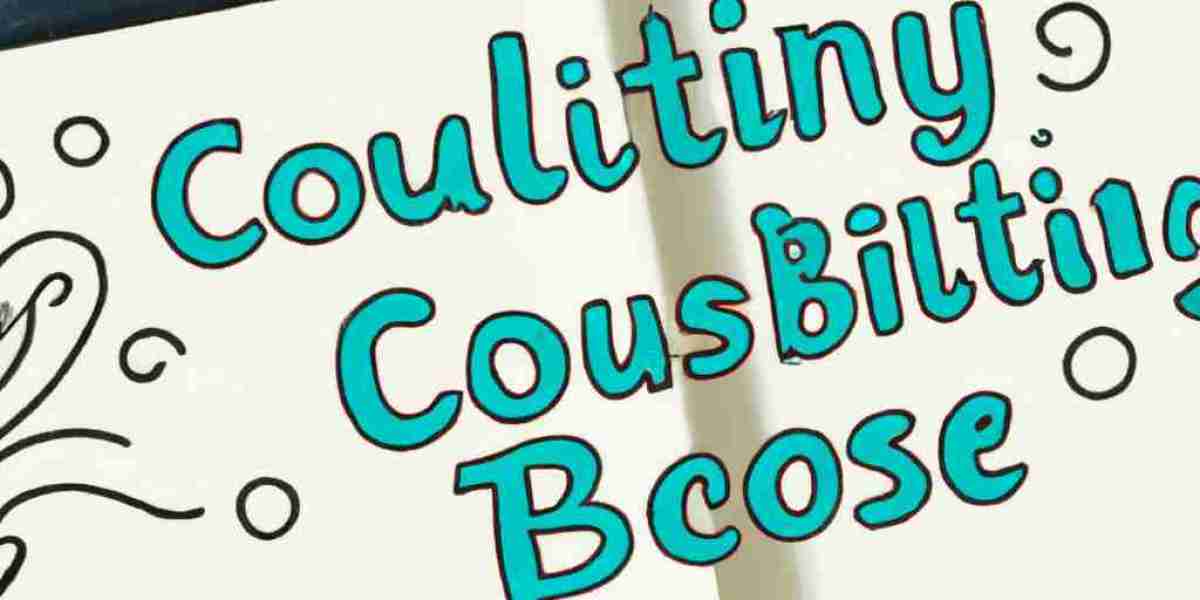How to Create Your Own Blog
Starting a blog has become one of the popular ways to express oneself and share knowledge or experiences with the online community. Whether you want to create a personal blog or establish a platform to promote your business, having your own blog can be an exciting and rewarding endeavor. Here's a step-by-step guide to help you get started:
1. Decide on Your Blogging Platform
Before diving into the process of creating a blog, you need to choose a blogging platform that suits your needs. There are several options available, including WordPress, Blogger, and Wix. Each platform has its own features and benefits, so consider your goals, technical abilities, and budget to make the right choice.
2. Select a Domain Name and Hosting
After selecting a blogging platform, you need to choose a domain name for your blog. A domain name is the web address that users will use to access your blog (e.g., www.yourblogname.com). Keep it simple, memorable, and relevant to your blog's topic. Once you have your domain name, you'll also need to sign up for hosting services, which will store your blog's files and make it accessible on the internet.
3. Install and Customize Your Blogging Platform
Now it's time to install your selected blogging platform. Most hosting providers offer a one-click installation process for popular blogging platforms like WordPress. Follow the installation instructions provided by your hosting provider and then start customizing your blog's appearance. Choose a visually appealing theme and customize it to match your brand or personal style.
4. Create Engaging Content
Once your blog is set up and ready, it's time to start writing and publishing engaging content. Think about your target audience and what they would like to read or learn from your blog. Plan your content strategy, create a content calendar, and start writing quality blog posts. Make sure your content is informative, well-structured, and well-researched to keep readers engaged and coming back for more.
5. Utilize Plugins and Widgets
One of the advantages of using popular blogging platforms like WordPress is the availability of plugins and widgets. Plugins are additional features that you can add to your blog to enhance its functionality. For example, you can integrate social media buttons, SEO tools, or contact forms by simply installing and activating the relevant plugins. Widgets, on the other hand, are small elements that can be added to your blog's sidebar or footer to display additional information like recent posts, categories, or a search bar.
6. Promote Your Blog
Creating great content is not enough; you also need to promote your blog to reach a wider audience. Make use of social media platforms such as Facebook, Twitter, and Instagram to share your blog posts and engage with potential readers. Networking with other bloggers in your niche and leaving thoughtful comments on their posts can also help increase your blog's visibility. Additionally, consider leveraging search engine optimization (SEO) techniques to improve your blog's ranking on search engine result pages.
7. Engage with Your Audience
Building a loyal readership is essential for the success of your blog. Encourage comments on your blog posts and respond to them promptly to foster a sense of community. Engage with your audience by replying to emails, conducting surveys or polls, and promptly addressing any concerns or feedback. Building a strong relationship with your readers will keep them coming back and increase the likelihood of them sharing your content.
8. Monitor Your Blog's Performance
Regularly monitor your blog's performance to understand what's working and what needs improvement. Analyze metrics like page views, bounce rate, and time spent on page using tools like Google Analytics. These insights will help you identify popular topics, understand your readers' preferences, and adapt your content strategy accordingly.
9. Monetize Your Blog (Optional)
If you're looking to monetize your blog, there are several routes you can take. You can display advertisements, join affiliate marketing programs, create sponsored content, or even sell products or services directly through your blog. However, keep in mind that monetizing your blog usually requires a substantial readership and a well-established online presence.
Conclusion
Creating your own blog has never been easier. By following these steps, you'll be well on your way to building a successful blog. Remember to stay consistent, provide valuable content, interact with your audience, and adapt your strategies as needed. With dedication and perseverance, your blog can become a platform for self-expression, knowledge sharing, and even a potential income source. Happy blogging!







